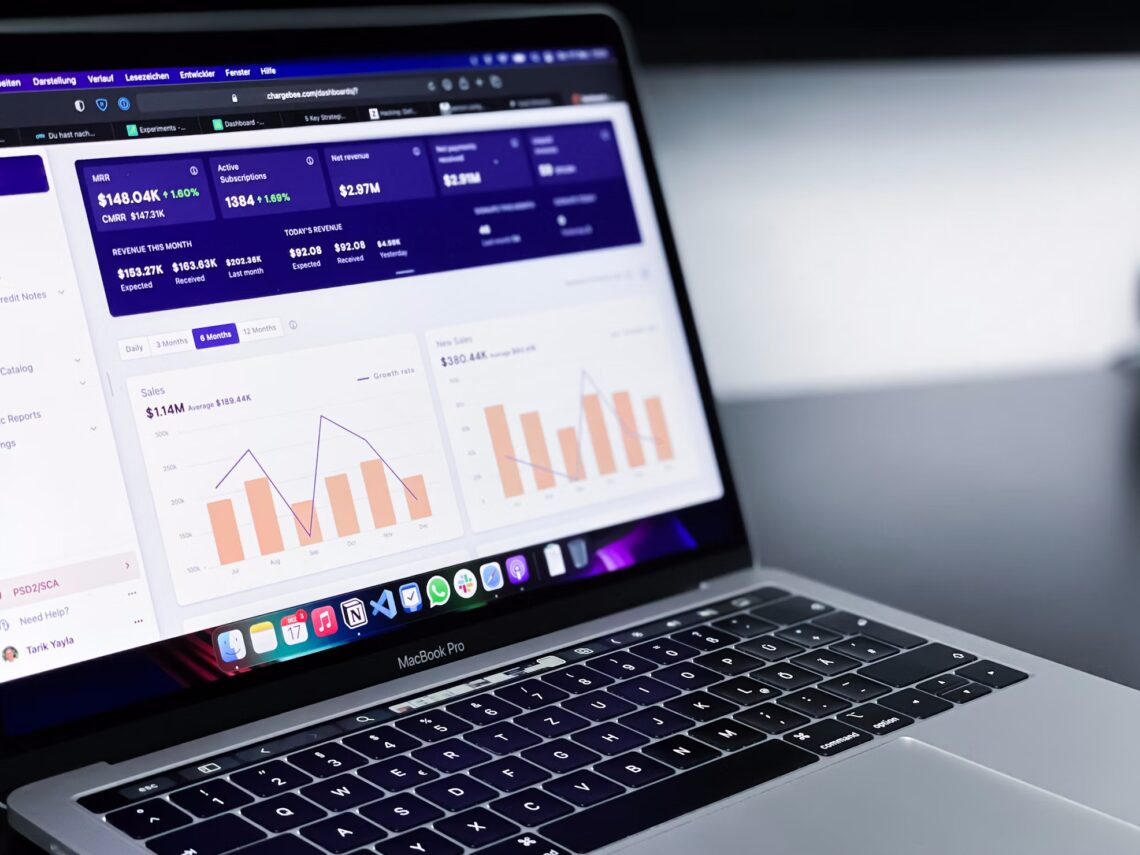Why Analytics in Voice AI Isn’t as Simple as Vendors Claim
Let’s be blunt: everyone says their platform has “advanced analytics.” What they don’t say? Half the time, it’s a glorified call log with pretty charts. I’ve been in boardrooms where executives expected AI-driven insights… and got CSV downloads that told them little more than how many calls happened on Tuesday.
Here’s the reality. True voice AI analytics isn’t about vanity dashboards—it’s about connecting conversation-level data to business outcomes. Did calls actually close more deals? Did support agents reduce handle times? Did your churn rate drop? If the reporting doesn’t answer these, it’s noise.
The Three Layers of Voice AI Analytics
After watching dozens of implementations (some successful, some painful), I’ve found most analytics frameworks fall into three layers:
- Operational Reporting — Basic metrics: number of calls, duration, drop-off points. Necessary, but not strategic.
- Conversation Intelligence — Deeper insights: intent recognition, sentiment tracking, escalation triggers. Useful, but messy if accuracy lags.
- Business Intelligence (BI) — The holy grail: tying voice data to revenue, NPS, or cost savings. Harder to achieve, but where real ROI hides.
Vendors oversell layer three. Few can consistently link conversations to outcomes without significant integration work.
Advanced Reporting: What’s Actually Possible in 2025
Yes, voice AI platforms have matured. We now see:
- Real-time dashboards flagging customer frustration by detecting negative sentiment (accuracy ~80% on English, lower in regional dialects).
- Automated QA analytics reviewing 100% of calls instead of the old 2% sample human auditors managed.
- BI connectors into systems like Tableau or Power BI, pushing voice interaction data directly into enterprise dashboards.
But… there are caveats. Latency in analytics pipelines means “real-time” often means “a few minutes delay.” Sentiment models still confuse sarcasm with positivity (a classic issue). And integration with BI tools? Possible, but it requires engineering—not just toggling a switch.
Myth vs Reality in Voice BI
- Myth: “Our AI detects every emotion with 95% accuracy.”
Reality: Tone analysis is useful, but emotions are complex. Expect patterns, not truths. - Myth: “You’ll get instant ROI from analytics.”
Reality: Analytics drives indirect ROI—it tells you what to fix, but you still have to fix it. - Myth: “Advanced analytics comes out-of-the-box.”
Reality: Out-of-the-box reporting rarely maps to your KPIs. Customization is mandatory.
Remember that latency issue I mentioned earlier? Yeah, this is where it comes back to bite. Execs expecting live dashboards for board meetings often learn the hard way that pipelines lag.
In Practice: A Voice BI Story
A mid-market e-commerce company I worked with rolled out a “voice insights platform” promising to optimize sales calls. For the first month, reports showed intent recognition at 70% accuracy and a laundry list of flagged “lost opportunities.” The CEO was unimpressed.
But after two quarters of refining the taxonomy, aligning with CRM data, and linking flagged calls to actual conversion rates, the payoff came. They saw a 12% lift in upsells once they trained sales agents on the real patterns.
“We were skeptical at first, but after testing it in a controlled pilot, the data spoke for itself. It took longer than we wanted—but it worked.”
— VP Operations, European E-Commerce Brand
That’s the real story. Not instant magic—incremental improvement.
Strategic Implication: Don’t Buy Dashboards, Buy Outcomes
The overlooked factor is this: analytics is only valuable if leadership knows how to act on it. Pretty dashboards don’t reduce churn. But training agents based on insights, or re-designing scripts to reduce dead air? That’s where BI earns its keep.
Consider this: if your voice AI analytics doesn’t integrate with your customer journey data, it’s an island. And islands don’t drive transformation—networks do.
What You Actually Need to Know
If you’re evaluating voice AI analytics platforms, here’s the pragmatic checklist:
- Ask about accuracy benchmarks (and whether they’re measured on your language mix).
- Check integration depth—can it push structured data into your BI stack?
- Validate the latency—is “real-time” truly real, or just marketing speak?
- Look at ownership—who maintains the reporting taxonomy, you or the vendor?
- Run a pilot—don’t trust promises until you see metrics tied to your KPIs.
Because at the end of the day, analytics that can’t drive a business decision isn’t analytics. It’s wallpaper.






